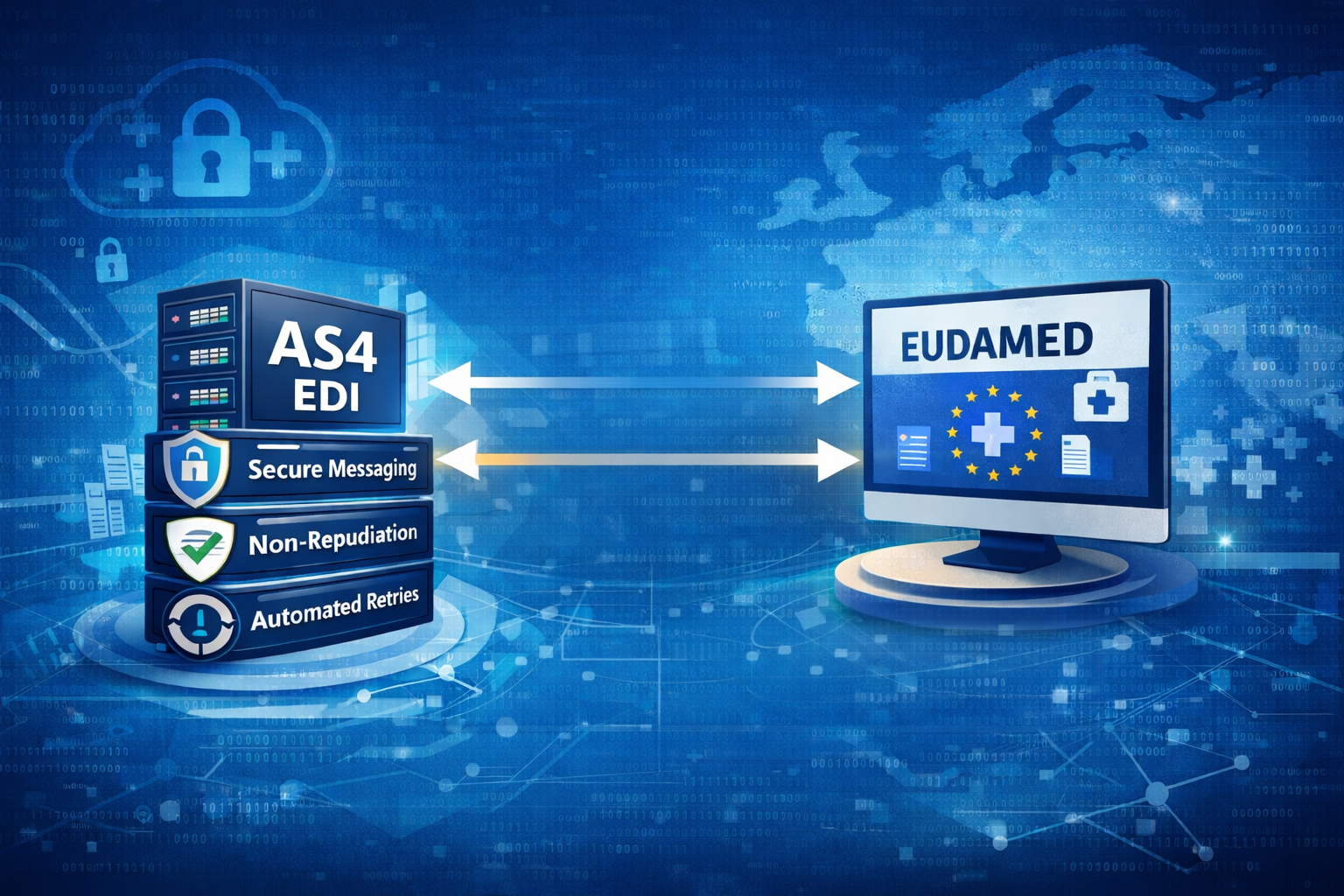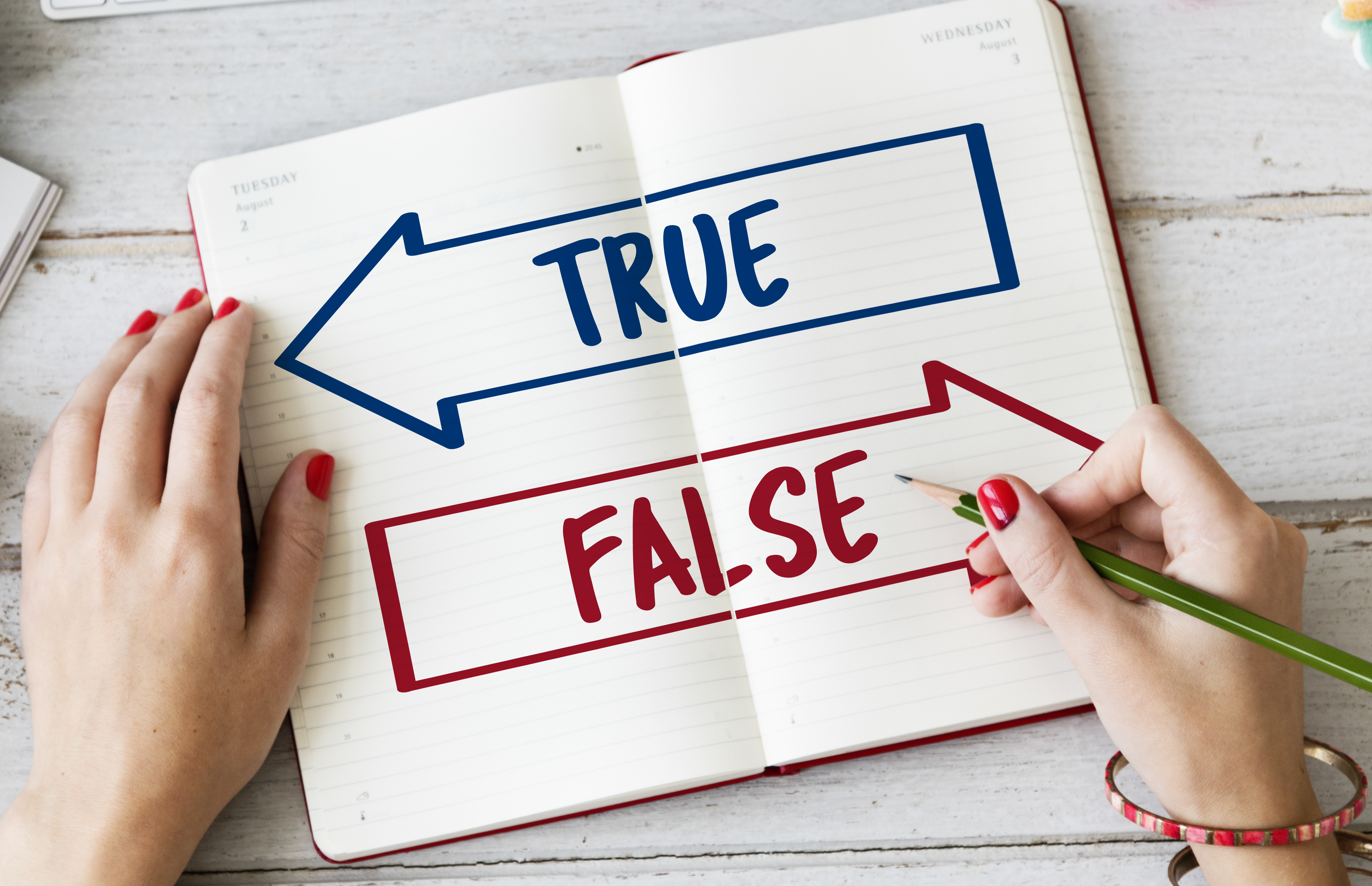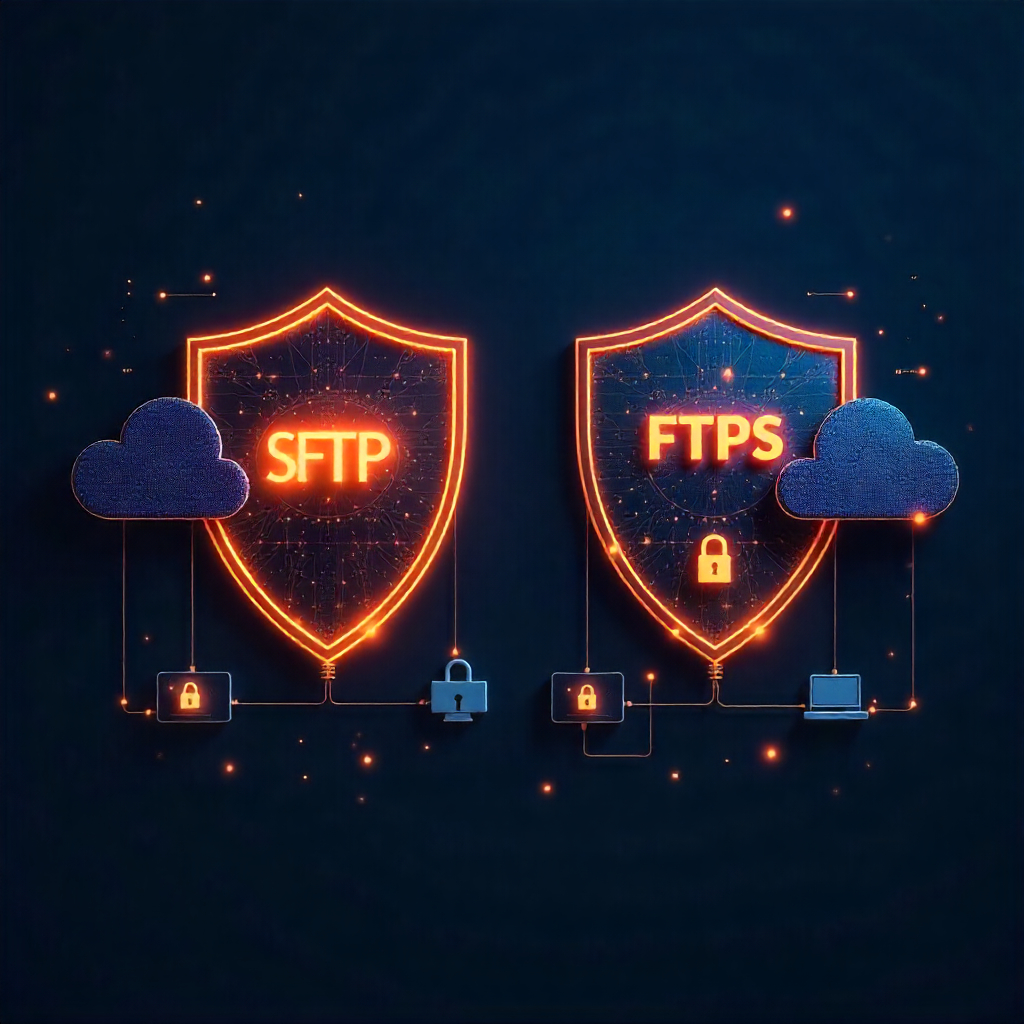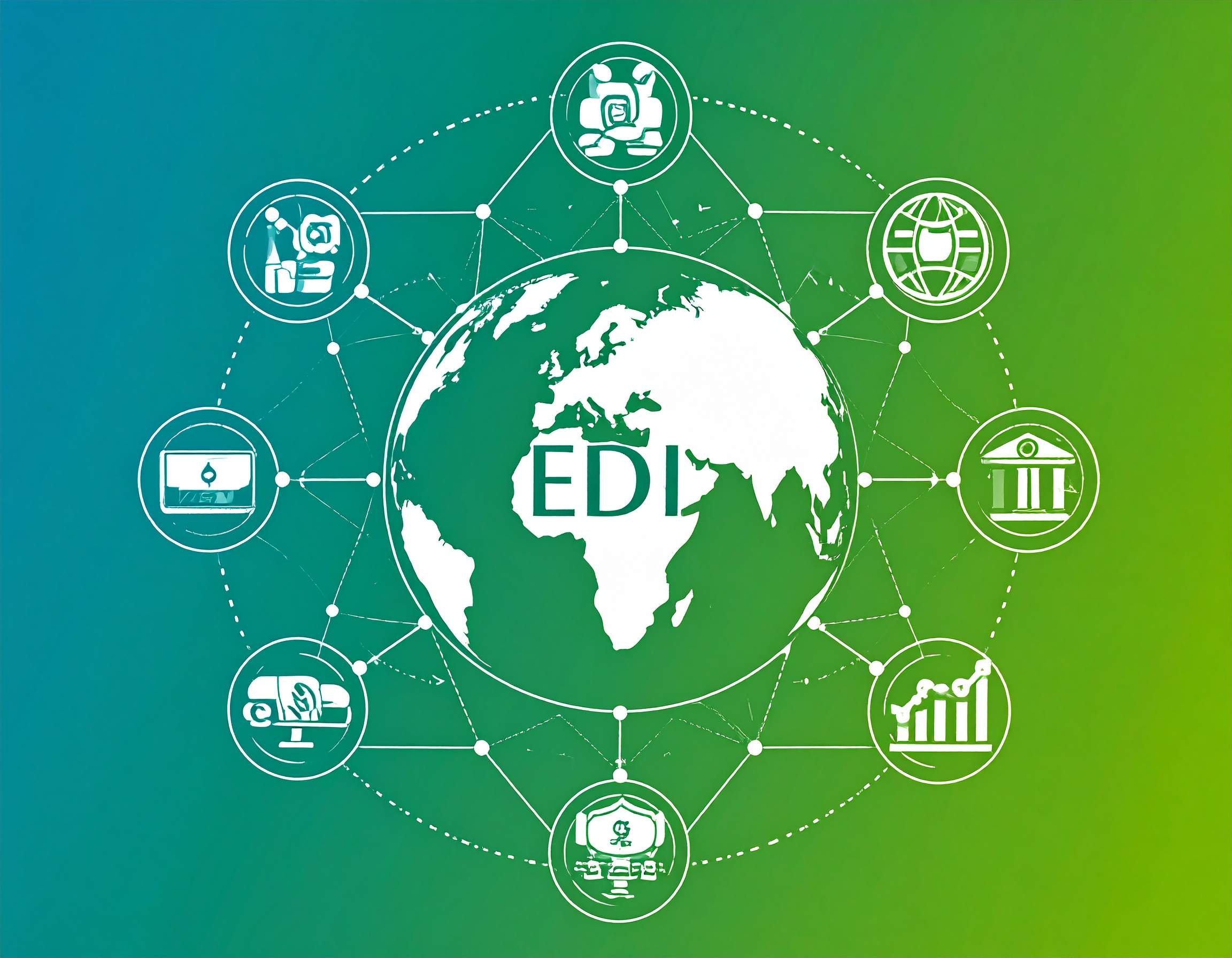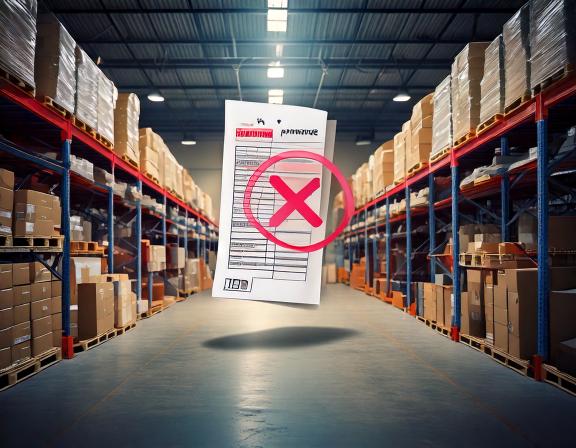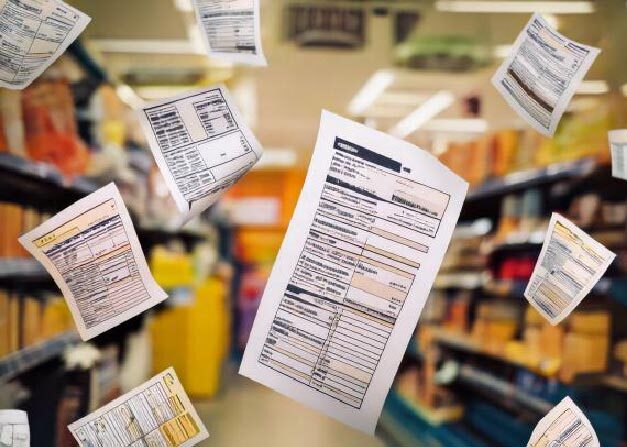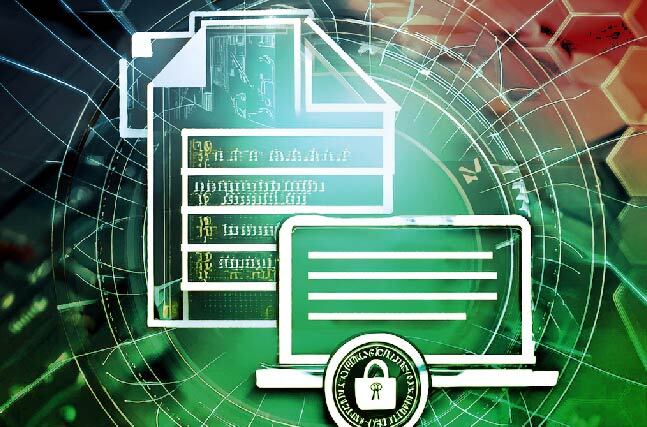MFT Gateway is a hosted Software as a Service (SaaS) solution that enables file exchange over the AS2 or SFTP protocol, without the need to install or maintain.
- Blog
- What are Very Large Files in AS2/EDI?
AS2 | EDI
What are Very Large Files in AS2/EDI?
Learn to handle Very Large Files (VLFs) in AS2/EDI systems. Discover challenges, risks, and strategies for secure, fast, and reliable B2B data transmission.

Sampavi Sriparan
Published: 20 Sep 2024

The Applicability Statement 2 (AS2) protocol is used by many businesses for secure communication. It uses encryption to protect data, signing to keep it intact, and also supports the necessary mechanisms to acknowledge received messages, handle errors, and implement retry logic if something goes wrong. In business-to-business (B2B) communication, exchanging large volumes of data is a common need, especially as companies increasingly depend on digital transactions and electronic document exchange. This data exchange includes Very Large Files (VLFs), which could involve wide-ranging datasets, high-resolution media files, voluminous transaction records, or complicated business documents. In many instances, VLFs are defined simply in terms of being so large that they cannot be transferred by conventional file transfer mechanisms. Consequently, it is critical that these data be distributed rapidly and safely across B2B parties, as any delays or errors can have major consequences for service delivery/operations, inhibit decision-making, and sour relationships with partners.
Challenges of Handling VLFs in AS2/EDI
Working with Very Large Files (VLFs) in AS2/EDI generates several challenges that affect the effectiveness, dependability, and security of business processes. This impacts the flow of business documents, particularly in cases where large datasets or complex transactions are involved. These barriers need to be overcome to reduce the risks and to promote secure exchange of data between organizations.
1. Transmission Time
Large files, when transferred over networks, by their very nature, take a long time to transfer and hence cause significant disruption where there are many simultaneous transfers or limited bandwidth of the network. Such delays may affect time-sensitive transactions in a way that may make supply chains or other crucial business processes ineffective.
2. Higher Use of Resources
Processing of VLFs requires more CPU, RAM, and disk space, and this leads to the development of bottlenecks. It might be difficult for systems to be allocated with enough of such resources, which can result in the systems slowing down or, in extreme cases, freezing.
3. Usage of Bandwidth
VLFs use a lot of bandwidth, and this can be a drain on the network, especially during busy hours. Bandwidth can also be abused, and this may cause problems since it hinders other network operations. This might mean prioritizing the transfer of large files, for example, over other activities in organizations with limited bandwidth.
4. Data Integrity Issues
As with VLFs, data integrity is not as easily maintained. Transmission mistakes are more likely to occur as file size increases. A large file may be of no use if a small part of it is corrupted, and this will require retransmission and delay business processes. To ensure data security, the AS2 protocol uses encryption and digital signatures, but these shields need to be robust and capable of addressing the number and sophistication of VLFs.
5. Risk of Transmission Failures
Delays, network interruptions, or lack of resources on the receiving end can cause transmission failures, which are more prevalent with VLFs. Data transmissions that are erroneous, incomplete, or partial may lead to missed deadlines, operational delays, and, in some cases, financial or federal penalties.
6. Effect on Business Operations
Failure to send VLFs can have ripple effects in important business scenarios. For example, big order files or invoice transmission may slow down manufacturing, payment, or procurement processes and result in stockouts, production halts, or cash flow issues. In addition, any violation of confidentiality or integrity of such data may lead to legal consequences, regulatory sanctions, and loss of reputation.
Techniques for Efficient Transmission of VLFs in AS2/EDI
Efficiently transmitting Very Large Files (VLFs) in AS2 requires a combination of strategies to minimize transmission time, reduce bandwidth usage, and ensure data integrity and security. Below are some key techniques and best practices for handling VLFs effectively in an AS2 system.
1. File Splitting
One of the most successful approaches to managing VLFs is to divide them into smaller, more manageable parts. The chunks are then transferred individually and reassembled at the destination. This method reduces the chances of transmission failures, as small files take less time to transfer and are less likely to have errors. It also supports parallel transmission, and this will be of great help in enhancing the overall process. In AS2 software, it is common to find the option to automatically split files and reconstruct them again. Ensure that the transmitting and receiving systems are compatible and set up to handle split files.
2. File Compression
It is also possible to compress VLFs before transmitting them, which will greatly reduce the size of the file to be transmitted and therefore the time taken to transmit the file and the amount of bandwidth used. Compression not only makes the transfer of files faster but it also reduces the probability of network bottleneck, which is very beneficial in situations where the bandwidth is limited. Implement the AS2 software with the GZIP and ZIP compression standards. Ensure that the sender and the receiver are both configured to compress and decompress files.
3. Secure Transmission
AS2 also provides facilities for file encryption using S/MIME to ensure that the data is secure when in transit. It is very important to encrypt the data, especially when working with material that is sensitive in nature, for the reason that, even if the file is intercepted, it cannot be opened without the decryption key. The use of digital signatures on VLFs also assists in maintaining the integrity of the data by providing the recipient with a means of verifying that the file was not altered in transit. This is especially so in large files where the chances of corruption are likely to occur. Applying safe hash techniques (for example, SHA-256) allows systems to automatically identify any changes in the file. This is another layer of protection that ensures the integrity of the sent data.
4. Configure Timeouts and Retries
You can make changes in the timeout and retry settings of your AS2 software to cater for the longer transmission times that are usually required by VLFs. Increase the timeout periods so as not to fail a transmission too early. Also configure several retries so that any transmissions that have failed are retried automatically, eliminating the need for manual intervention.
5. Optimize Network Resources
It is necessary to guarantee that your network is prepared for the transfer of huge files in order to transmit VLF data. It is advised to prioritize AS2 traffic during key business hours to ensure that VLFs are conveyed with minimal disruption. Consider adopting Quality of Service (QoS) policies to provide adequate bandwidth for AS2 file transfers.
6. Use Checkpoint Restart Mechanisms
A checkpoint restart technique allows a transfer to resume at the point of failure rather than from the beginning. This is especially important for VLFs, where resuming a failed transfer may be time-consuming. Check that your AS2 software supports checkpoint restarts and configure it accordingly. You can refer to this article for a detailed explanation of how the AS2 restart mechanism works.
7. Monitor and Log Transfers
Continuous monitoring of AS2 transactions, particularly VLF transfers, can assist in detecting and resolving difficulties promptly. Set up logging systems to track all VLF transfers. Set up notifications for transmission faults or odd delays so that they may be handled right away.
Conclusion
Handling Very Large Files (VLFs) in AS2/EDI systems can present practical difficulties that impact performance, security, and compliance. The large size of VLFs necessitates the efficient use of system resources. The longer transmission times result in an increased risk of errors. Compliance with regulations becomes harder due to the likelihood of certain transmissions taking place outside acceptable time windows. Organizations can ensure that their EDI transactions remain secure, efficient, and reliable even when dealing with large files by implementing a holistic approach that includes technical and operational readiness, secure transmission protocols, and regulatory compliance.

Talk to an EDI Expert
Join hundreds of organizations already taking full control of their B2B AS2 communications with our trusted solutions. Contact us today to tailor a solution that fits your specific AS2 EDI needs.
Related Articles
View All BlogsExplore our product stack
Try before you buy with a 30-day Free Trial
No commitment, all value. Try the AS2 Solution Risk-Free and discover how our solutions can transform your business workflows. No credit card required.
Explore Your Possibilities
Elevate AS2 Communications with our EDI and AS2 Solutions
See how our AS2 and EDI solutions can simplify your integrations, boost efficiency, and keep you compliant—request a personalized demo today.



